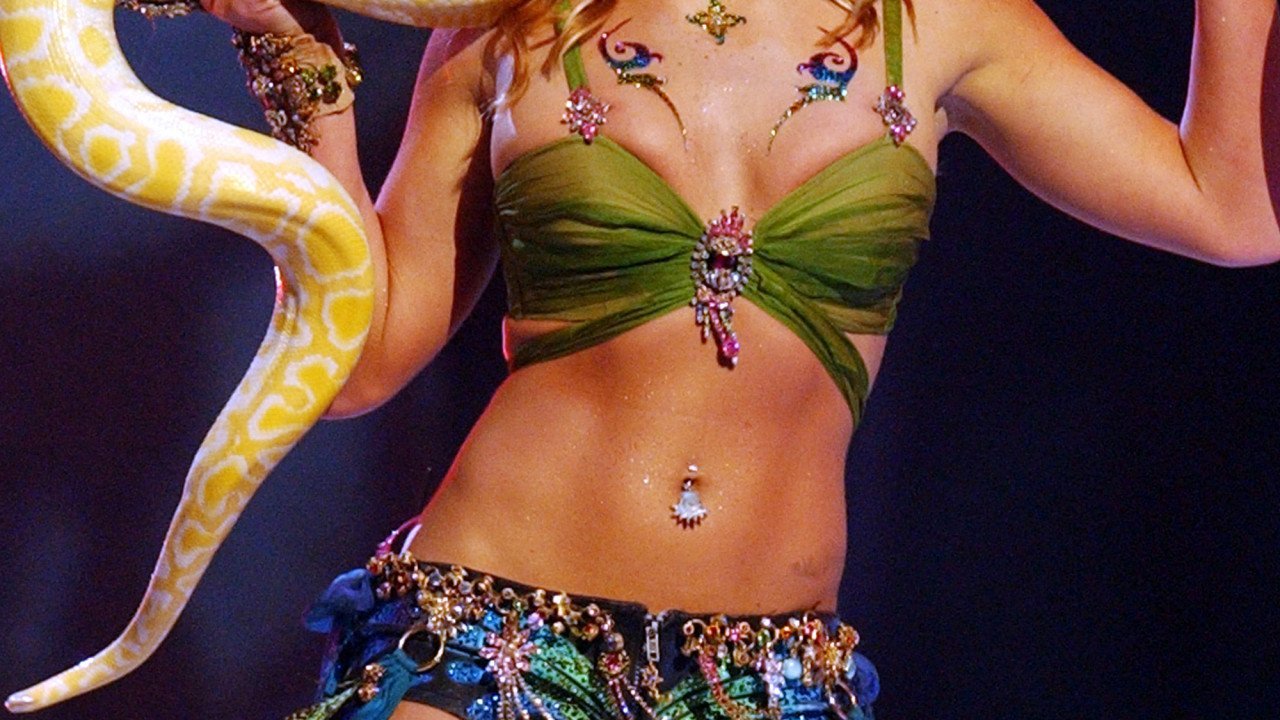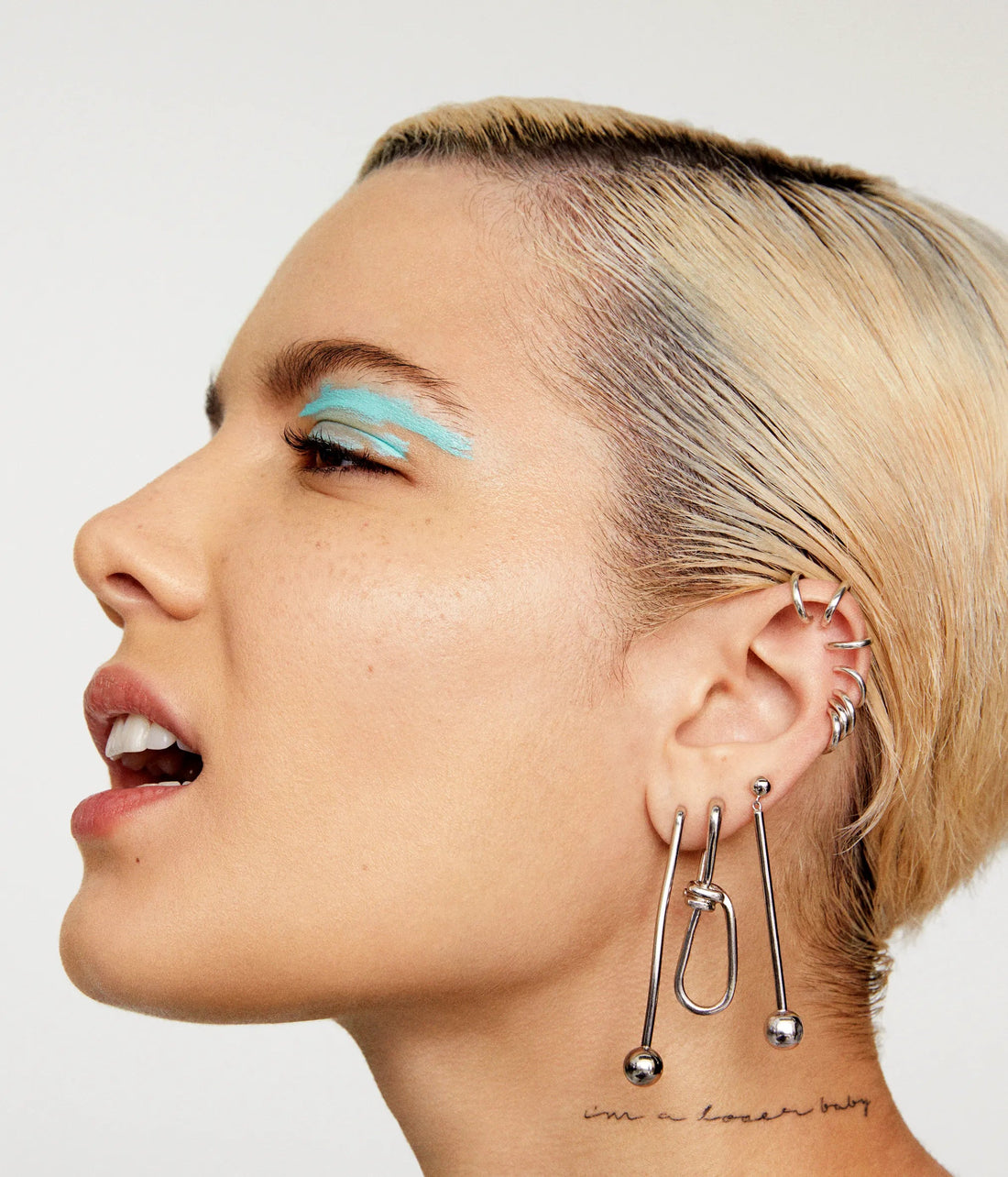The Comeback of the Belly Ring
Remember the 90's? Britney Spears showcasing her eye-catching belly button ring on stage with a python around her neck? All the flat-stomached teenagers with tacky dolphin belly rings?
It may be hard for you to think of the belly ring you got from back in the day as a modern-day adornment of choice. However, they have taken a turn after the last two decades for the better. Just like their wearers, they have matured and can be seen in elegant forms. The piercing is no longer limited to perfectly fit female model midriffs but rather people of every body type, gender, and color.
What is a navel piercing?
Navel piercings, more commonly known as belly button piercings, belly rings, belly bars, are generally piercings through the part right above your belly button. Although it sounds like the actual belly button would be pierced, it's not the case unless you have an "outie" belly button.

The Procedure
When done right the procedure is fairly quick with minimal pain. Some compare the pain level to an ear cartilage piercing or getting an immunization. As with any piercing, make sure the location is cleared by the local board of health officials and has a separate clean room for piercing. It is important that your piercer only uses sterile needles that are individually packaged and wears sterile gloves. To make sure the needle is sterile you can ask to be in the room while they unpackage and set up. Before getting pierced, it is smart to check out professional piercers portfolios to see pictures of their previous navel piercings to check if they were done right in the correct positions. This can save you from future regrets. To know more about what a safe professional piercing shop should look and be like, and how to pick a piercer, check out the APP Picking A Piercer Guide
How do you prepare for your piercing?
To prepare for the piercing procedure, it would be best to wear a shirt that's not too tight with no hanging fibers that may get caught to your new belly ring. Pants should not be high waisted. It is important that your clothes do not get in the way during and after piercing.
As always when getting a new piercing, it is important to keep your immune system a priority to help with healing. Getting a healthy dose of sleep, staying hydrated, and surrounding yourself in a low-stress environment can do wonders.
Jewelry
The standard size gauge for the navel piercing needle is 14g and the initial jewelry inserted should be small enough to account for swelling and not dangle. Be sure to talk with your piercer about the best jewelry choice and size for your new piercing to start with. The Association of Professional Piercers suggests using smooth jewelry, free from bumps or nicks that might irritate the skin for the initial jewelry.
Once your piercing is healed, there are a variety of jewelry types that are fun to try out!

Banana bells are the safest kind of piercing to start with, with the least parts that dangle. They come in all different materials and colors. Surgical steel is a safe non-irritating material that is a good choice for a fresh piercing. Some people even get double navel piercings (top navel and bottom navel) as pictured above.
Dangle belly button rings can instantly liven up a look and make a statement. They come in so many different designs, enough to have one for every occasion! It is important to make sure your new piercing is completely healed before putting in dangle navel rings as to not irritate the piercing and prevent infection if it is not completely healed.
Pull a "Naomi Campbell" and truly make a statement as she did on the runway in the '90s with a navel ring waist chain.
How long does it take for a navel piercing to heal?
Usually, it can heal in 3-6 months but some navel piercings can take about a year to fully heal. Do not try to rush the healing process!
Aftercare
Aftercare for your fresh piercing should be taken seriously. Your piercer should provide you with a recommended list of an aftercare routine. Make sure to wash hands before handling the piercing. Typically, saline washes should be done at least two times a day. 1/4 teaspoon of 100% Dead Sea Salt Piercing Rinse can be dissolved in 1 cup of warm, distilled, or bottled water. Some people have found that holding up a shot glass full of the salt rinse for a few minutes helps. If your piercer suggests that you use soap, choose a mild, scent-free one. Rinse well so you don't leave any soap behind. Make sure the area is patted dry because fungal infections can happen in the area easily if moisture is trapped. Avoid bathing, hot tubs, pools, or submerging your healing piercing in any body of water to prevent unwanted bacteria from entering.

How do you know if your belly button piercing is healed?
Pain and swelling right after a piercing are common. If the symptoms of pain and swelling steadily improve then your healing should be going smoothly. It is not unusual for the area to get red and form a surrounding crust or to have a slightly milky discharge while healing. If you have questions reach out to your professional piercer or a medical professional.
Watch for signs of infection. These include redness, swelling, yellow or green discharge, or pain when you touch the site. If you have any of these symptoms, call your doctor right away. If a person suddenly experiences new symptoms, especially after a period of few or no symptoms, this can signal an infection.
To conclude, navel piercings have gone through a revitalization since the '90s and continue to morph into piercings that people of any shape, size, and color can have in our modern-day. "Belly rings" continue to be a form of personal expression with many varieties of style.
If you have any anecdotes to share, please leave us a comment! We will add it to this post.
Shop BELLY RINGS, NAVEL WAIST CHAINS, and AFTERCARE here: SHOP NOW








